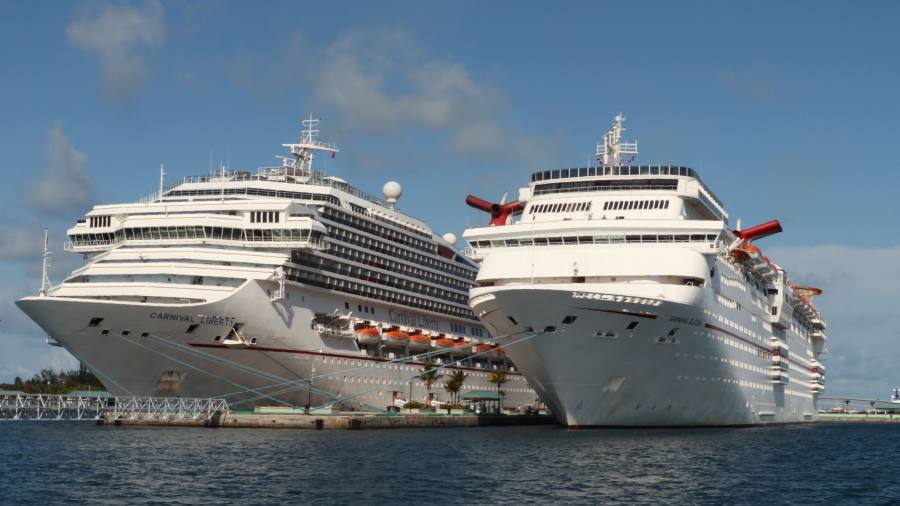
Carnival, the world’s largest cruise operator, has offered a dozen ships as collateral in its latest $1.25bn bond offering, as it refinances its huge debt pile left over from the pandemic.
Carnival is expected to pay an expensive coupon of about 11.5 per cent for the six-year debt, said two people briefed on the deal. The issuance is the company’s first foray into the junk bond market since May when a 10.5 per cent bond coupon spooked the stock market.
As part of the bond deal, Carnival’s parent company has transferred to a subsidiary 12 vessels, most of which became operational in the past two years and have a combined value of $8.2bn, which will issue the bond with the ships as collateral.
John McClain, a high-yield portfolio manager at Brandywine Global Investment Management, said the bond showed Carnival was “getting creative” with collateral to avoid paying “eye-watering” interest rates. “Without the ships, I don’t believe that they would have access to capital at a price they would have been comfortable with,” he said.
Its share price is down 63 per cent this year to just above $8, but rallied more than 11 per cent on Tuesday after the bond was announced.
The structure of the bond puts the lenders “at the front of the line” for any claim on the 12 vessels in the event of Carnival being unable to meet payments, said Ross Hallock, head of high-yield research at Covenant Review. He said this was aimed at making the bond “more attractive” to investors despite fears over how a consumer downturn would affect the travel sector.
Carnival has had to contend with a ballooning debt pile in the wake of the pandemic. Its debts as of early September totalled about $35bn. Meanwhile, recovery in cruise bookings continues to lag. Last month, the Miami-based company reported a net loss of $770mn for its fiscal third quarter.
Carnival’s other dollar-denominated senior unsecured bonds maturing in 2026 rose as much as 4.5 per cent on Tuesday, in a sign of reassurance about the company’s cash flow, but they continue to trade well below face value. At the start of the pandemic, the company offered bonds secured against its 80-plus fleet to entice investors.
Still, some traders said the cruise sector’s vulnerability to economic downturns and Carnival’s high level of debt meant the double-digit yield on offer was not high enough.
“When I see 11.5 per cent for highly-cyclical, highly-levered US corporates and compare it with others in the market [that are offering similar yields], I’m not impressed,” one investor said. “North of 15 per cent is when it becomes interesting . . . It’s not difficult to find yield in this market.”